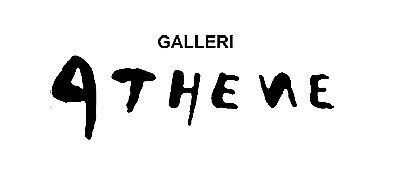POLLARD, TACH
“I feel really blessed to work with hawthorn with its. Connections to the fairy realms in folklore and mythology. When I care hawthorn it’s kind of like a dance”
Tach Pollard
Spindly, long-limbed creatures stand with unusual grace and elegance. Their delicate bodies graze soft sandy beaches, brush up against the cold stone of old castles and float through thick grassy meadows. They are effigies for the “Huge elemental land spirits” in charge of guarding the ley lines that branch all across the earth. Many of these creatures close their eyes in a peaceful slumber, knowing that they are one with the earth beneath their feet. Others have their eyes wide open keeping a watchful eye on their sacred surroundings. According to Tach Pollard, these creatues are said to live in the liminal realms. However, on occasion, they can be seen between the mist and the sky at dusk. A mixture of Pollard’s love of wood and sculpting paired with his interest in European folklore gave birth to his iconic creations. He uses sustainably sourced boxwood and hawthorn wood for his sculptures often burning and blackening the wood and gilding with gold leaf to add another layer of intrigue to his characters. His work has been exhibited in placed such as Coco de Mer, The Sculpture Park, Pashley Manor and Gardens and the Lucinda Brown Gallery.
Uk-Based artist Tach Pollard transforms gnarled tree roots into fantastical creatures inspired by European folklore. The sleek sculptures have spindly legs and long cloaks, which give them each an air of mystery. Pollard began collecting tree roots when he was a child, but didn’t start carving them until much later in life. He predominantly works with oak tree roots, but has recently begun to work with hawthorn in the last few years.
“Hawthorn is a mystical tree with much folklore attached, such as stories about how Merlin the magician was eternally trapped in a hawthorn tree, explain Pollard. “For me it is a great honor to carve this gnarly wood. I love the whiteness of its color, and the way it splits, cracks, shifts, and moves when burnishing a carved piece.”
Many of his works are inspired by the form of the root itself, which often has quite a skeletal structure, and lends itself well to his creatures’ long limbs.
